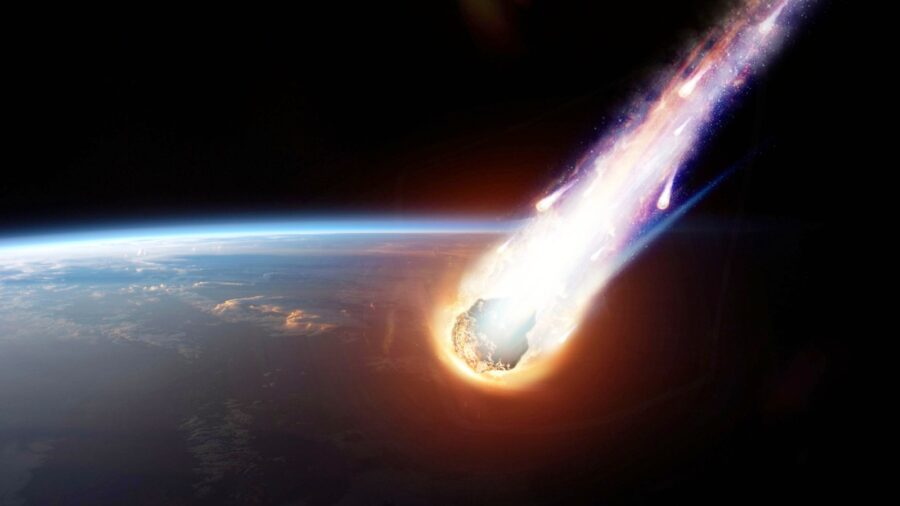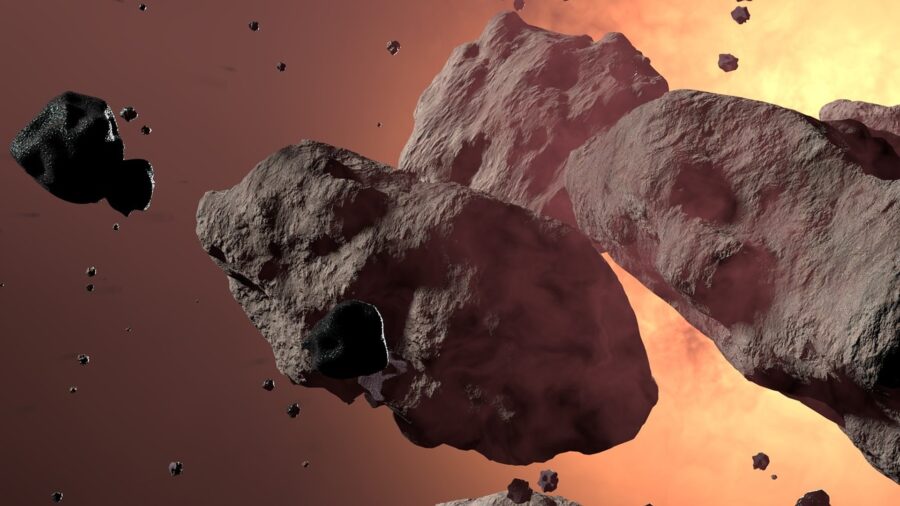Giant Asteroids Hitting Earth Is Becoming More Dangerous Than We Thought
A NASA scientist thinks catastrophic asteroid collisions with Earth could be a lot more likely than we think.

If you had your money on UFO contact or the war in Ukraine bringing about the end of the world — while you still could be very right about either of these — it’s looking more and more likely for asteroids to be the eventual downfall of humanity in one way or another. During a recent lecture given at the Lunar and Planetary Science Conference, (via ScienceAlert) NASA’s Goddard Space Flight Center chief scientist, James Garvin, revealed his belief that researchers may have been majorly misreading some of the heavy hitting asteroid impacts that have happened over the past million years.
If Garvin’s calculations and theories are correct, there’s a much higher chance that an asteroid large enough to cause doomsday could be on the way. A major “oopsie” on the side of science, the chief scientist said that our estimates have the potential of being way off and that what’s possibly coming “would be in the range of serious crap happening.” Yikes!
Of course, we all know about the asteroid that wiped out the dinosaurs somewhere around 66 million years ago, which demolished life on Earth and did major damage to the planet’s crust in today’s Yucatán peninsula. Clocking in around 10 kilometers (around 6 miles) in diameter, the planet never stood a chance against the massive space rock. And, although similar asteroids of that magnitude aren’t necessarily in the projections, even a crash much smaller could lead to events that would shape the future of the world – and not in a good way.

Say a much smaller asteroid came crashing down into the Earth. What could happen then? Well, although it may not immediately cause an ice age as the big one did millions of years ago, it could bring about lasting effects that would, in turn, most likely lead to a major Thanos-like cutting down in population if not ending the world completely.
Despite the asteroid’s less threatening size, the dust that would be emitted from the blasting zone could travel far and wide and lead to a long-lasting famine.
As we’re finding out via Garvin’s latest coverage, these things are challenging to track, but we do know that by some estimates, famine-inducing, dust-covering asteroid crashes have averaged a collision rate with Earth around every 600,000 years or so. While we can use scientific methods to track these asteroids and trace them back through history, there isn’t an actual down-to-the-day pattern of when we can expect the next menacing space rock to come into contact with us. Toss in the fact that the science of the Earth is constantly changing, and we have an even more exciting – or rather terrifying – mystery on our hands.
But don’t think about skyscraper-sized asteroids and go running for the hills just yet, as Garvin and his team of researchers are utilizing new advances in technology that will allow them to better study the crash places of the asteroids of yesteryear. With this commitment to better understanding space and all its terrors, the world seems to be in good hands with Garvin and his peers.











